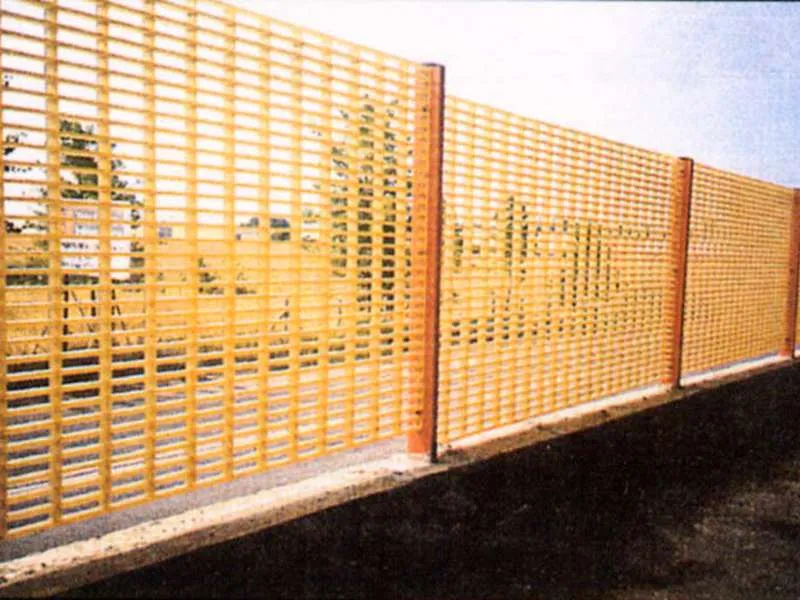
-
 Afrikaans
Afrikaans -
 Albanian
Albanian -
 Amharic
Amharic -
 Arabic
Arabic -
 Armenian
Armenian -
 Azerbaijani
Azerbaijani -
 Basque
Basque -
 Belarusian
Belarusian -
 Bengali
Bengali -
 Bosnian
Bosnian -
 Bulgarian
Bulgarian -
 Catalan
Catalan -
 Cebuano
Cebuano -
 China
China -
 China (Taiwan)
China (Taiwan) -
 Corsican
Corsican -
 Croatian
Croatian -
 Czech
Czech -
 Danish
Danish -
 Dutch
Dutch -
 English
English -
 Esperanto
Esperanto -
 Estonian
Estonian -
 Finnish
Finnish -
 French
French -
 Frisian
Frisian -
 Galician
Galician -
 Georgian
Georgian -
 German
German -
 Greek
Greek -
 Gujarati
Gujarati -
 Haitian Creole
Haitian Creole -
 hausa
hausa -
 hawaiian
hawaiian -
 Hebrew
Hebrew -
 Hindi
Hindi -
 Miao
Miao -
 Hungarian
Hungarian -
 Icelandic
Icelandic -
 igbo
igbo -
 Indonesian
Indonesian -
 irish
irish -
 Italian
Italian -
 Japanese
Japanese -
 Javanese
Javanese -
 Kannada
Kannada -
 kazakh
kazakh -
 Khmer
Khmer -
 Rwandese
Rwandese -
 Korean
Korean -
 Kurdish
Kurdish -
 Kyrgyz
Kyrgyz -
 Lao
Lao -
 Latin
Latin -
 Latvian
Latvian -
 Lithuanian
Lithuanian -
 Luxembourgish
Luxembourgish -
 Macedonian
Macedonian -
 Malgashi
Malgashi -
 Malay
Malay -
 Malayalam
Malayalam -
 Maltese
Maltese -
 Maori
Maori -
 Marathi
Marathi -
 Mongolian
Mongolian -
 Myanmar
Myanmar -
 Nepali
Nepali -
 Norwegian
Norwegian -
 Norwegian
Norwegian -
 Occitan
Occitan -
 Pashto
Pashto -
 Persian
Persian -
 Polish
Polish -
 Portuguese
Portuguese -
 Punjabi
Punjabi -
 Romanian
Romanian -
 Russian
Russian -
 Samoan
Samoan -
 Scottish Gaelic
Scottish Gaelic -
 Serbian
Serbian -
 Sesotho
Sesotho -
 Shona
Shona -
 Sindhi
Sindhi -
 Sinhala
Sinhala -
 Slovak
Slovak -
 Slovenian
Slovenian -
 Somali
Somali -
 Spanish
Spanish -
 Sundanese
Sundanese -
 Swahili
Swahili -
 Swedish
Swedish -
 Tagalog
Tagalog -
 Tajik
Tajik -
 Tamil
Tamil -
 Tatar
Tatar -
 Telugu
Telugu -
 Thai
Thai -
 Turkish
Turkish -
 Turkmen
Turkmen -
 Ukrainian
Ukrainian -
 Urdu
Urdu -
 Uighur
Uighur -
 Uzbek
Uzbek -
 Vietnamese
Vietnamese -
 Welsh
Welsh -
 Bantu
Bantu -
 Yiddish
Yiddish -
 Yoruba
Yoruba -
 Zulu
Zulu
Innovative Techniques in Anchoring Drilling Rods and Bits for Enhanced Performance
Anchoring Drilling Rods and Bits Essential Tools for Geotechnical Engineering
In the realm of geotechnical engineering, the effectiveness of any drilling operation largely depends on the tools employed. Among these, anchoring drilling rods and bits play a pivotal role in ensuring stability and precision during drilling processes. This article delves into the significance of these devices, exploring their components, applications, and advancements in technology.
Anchoring drilling rods are elongated, slender tools used to penetrate through various soil and rock formations. They serve as the primary support structure for the drilling process, facilitating the transmission of torque from the drilling machine to the cutting edge—typically a drill bit. The design of these rods ranges from solid steel to composite materials, depending on the required strength, flexibility, and weight considerations.
Anchoring Drilling Rods and Bits Essential Tools for Geotechnical Engineering
The bits attached to the drilling rods are equally important, as they determine the effectiveness of the drilling operation. There are several types of drill bits, including roller cone bits, fixed cutter bits, and diamond bits, each designed for specific drilling conditions. For instance, roller cone bits are ideal for softer formations, while diamond bits are preferable in extremely hard rock due to their superior cutting efficiency.
anchoring drilling rod and bits

The interaction between the drilling rod and bit significantly affects the drilling rate and overall performance. An improperly matched bit can lead to increased wear on the rods, reduced efficiency, and higher operational costs. Therefore, selecting the right combination of anchoring rods and bits is essential for achieving optimal results.
Technological advancements have revolutionized the drilling industry, leading to the development of smarter tools equipped with sensors and real-time data transmission capabilities. These innovations allow for better monitoring of the drilling process, enhancing decision-making and reducing the likelihood of accidents. For instance, sensors can detect changes in pressure or torque, enabling operators to adjust their techniques proactively to maintain efficiency and manage risks.
Moreover, the integration of automated drilling systems has emerged as a game-changer in the field. These systems can autonomously adjust drilling parameters based on pre-set conditions, optimizing performance while minimizing the physical strain on operators. This trend towards automation highlights the industry's commitment to improving safety and efficiency in drilling operations.
The environmental implications of anchoring drilling activities have also spurred research into sustainable practices. Engineers are now exploring methods to minimize the ecological footprint of drilling operations, such as utilizing biodegradable drilling fluids and developing techniques that reduce surface disturbance.
In conclusion, anchoring drilling rods and bits are fundamental components of modern geotechnical engineering endeavors. Their evolution reflects the ongoing pursuit of efficiency, precision, and sustainability in drilling operations. As technology continues to advance, these tools will undoubtedly become even more sophisticated, further enhancing their role in constructing the infrastructure necessary for future development. Emphasizing the importance of proper selection, maintenance, and technological integration will ensure that the drilling process remains safe, effective, and environmentally responsible.









